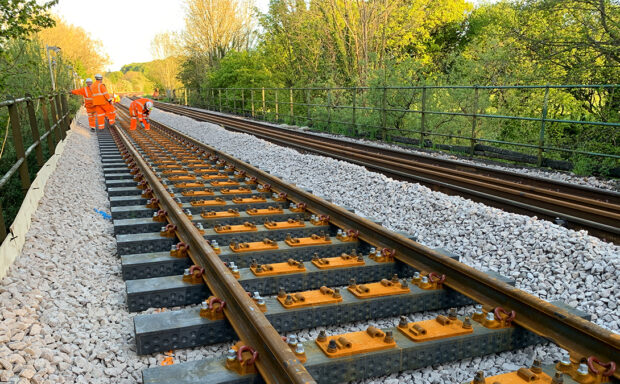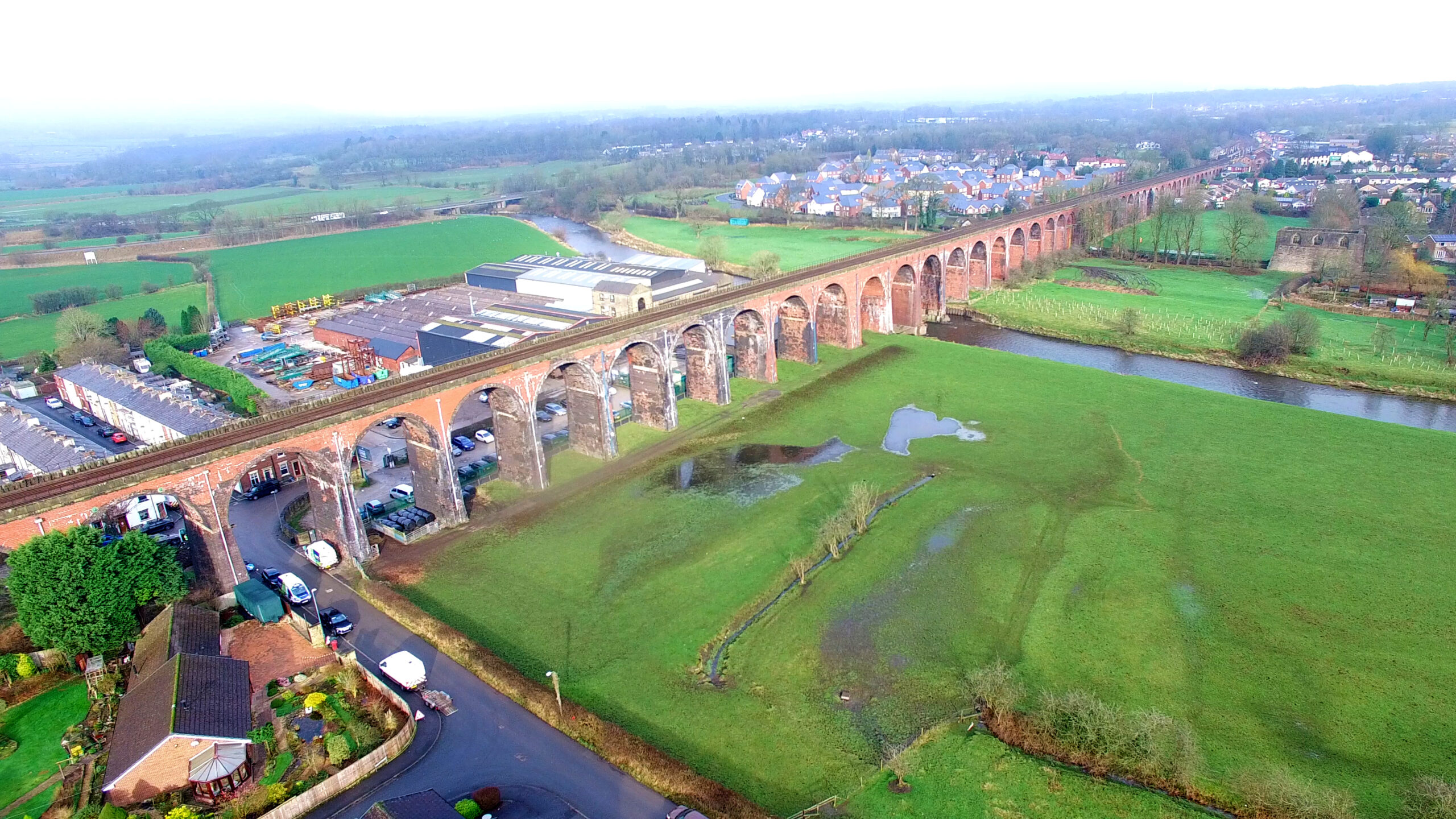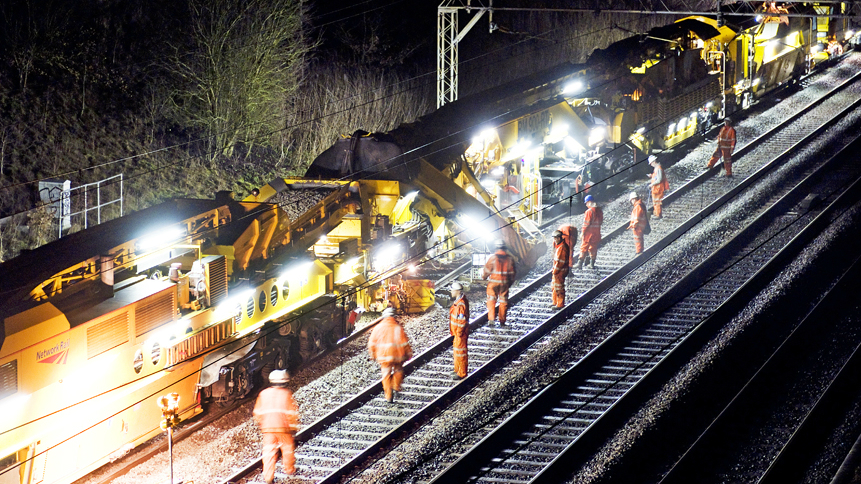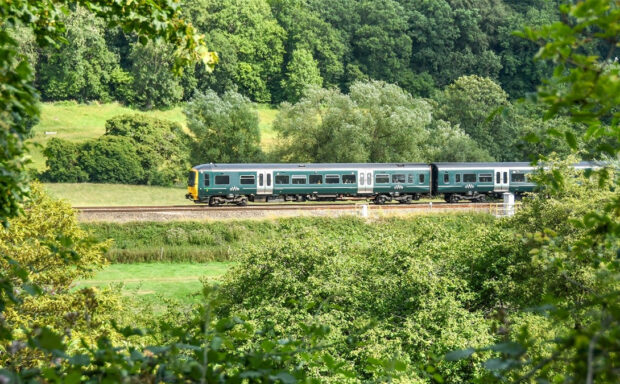Engineer Steve, a project director and rising social media star, is passionate about sharing his love for the railway – and keeping passengers and our neighbours well-informed.
Here are seven things we’ve learnt from his track-side coverage:
Best in Europe
Our High Output team is one of the best in Europe. Railway operators in countries including France and the Netherlands use the same system as Network Rail – but take longer to complete renewals. In the Netherlands, the equivalent team would take 52 hours to complete the job and in France, they would reopen the railway line at 35 kilometres an hour.
In Britain, the High Output team reopens the line at 90 miles an hour, allowing us to get passengers moving faster: “That’s a railway fit for the future.”
Three years of planning
That doesn’t mean overnight success though – track replacement using High Output takes three years of planning.
Why? Because while this track is being replace that line over there is open at line speed. It’s like taking the M1 and taking a centre lane of the M1 and running all the traffic at full speed around it. This is no simple task. This is complicated and keeps the passengers running.
Biggest since Brunel
In 2017, we carried out the biggest upgrades to Bristol Parkway since Brunel built this railway.
Since then, we’ve delivered Britain’s biggest ever signalling upgrade in the area, leading to more seats for passengers, improved reliability, and faster and more frequent services – including nearly twice as many between Bristol and London.
Bristol Parkway
The old track at Bristol Parkway had a maximum train speed of just 15 miles per hour but the new track allowed trains to travel through the station at 50mph! This modernisation is part of our work to enable more, longer trains with more seats to run through Bristol.
Think Wembley
Our Christmas 2018 engineering project in Southall was the length of Wembley Stadium. Our teams in the South East worked round the clock over the festive period to upgrade the line through Southall after demand for the railway had doubled in the last 20 years.
This means the rails and get more worn so vital parts of track like switches and crossings get more worn, too.
In Southall, the scale of the job resembled that of the home to the FA Cup Final. Imagine not just digging up grass and laying new turf but testing new, operational railway. Freshly installed overhead power lines needed wiring back into the signalling control system and positioning perfectly so trains could run on time in just a few hours.
FOUR football pitches!
It’s not just Christmas engineering works we like to measure in football pitches – our High Output ballast cleaner can replace ballast (the stones supporting the track) – at a length of up to four football pitches every week. Doing this is only possible with this special engineering train, which is half a mile long, and a team who working every night to put passengers first.
Keeping Derby open
Since Victorian times, trains from London to Sheffield – and trains from the West Midlands and beyond – had crossed each other at Derby, causing delays.
We solved this problem with 600,000 hours of civils (that’s building work like longer and wider platforms, new bridges and structures to support overhead power lines) – all achieved while closing Derby railway station to traffic for just one day.




